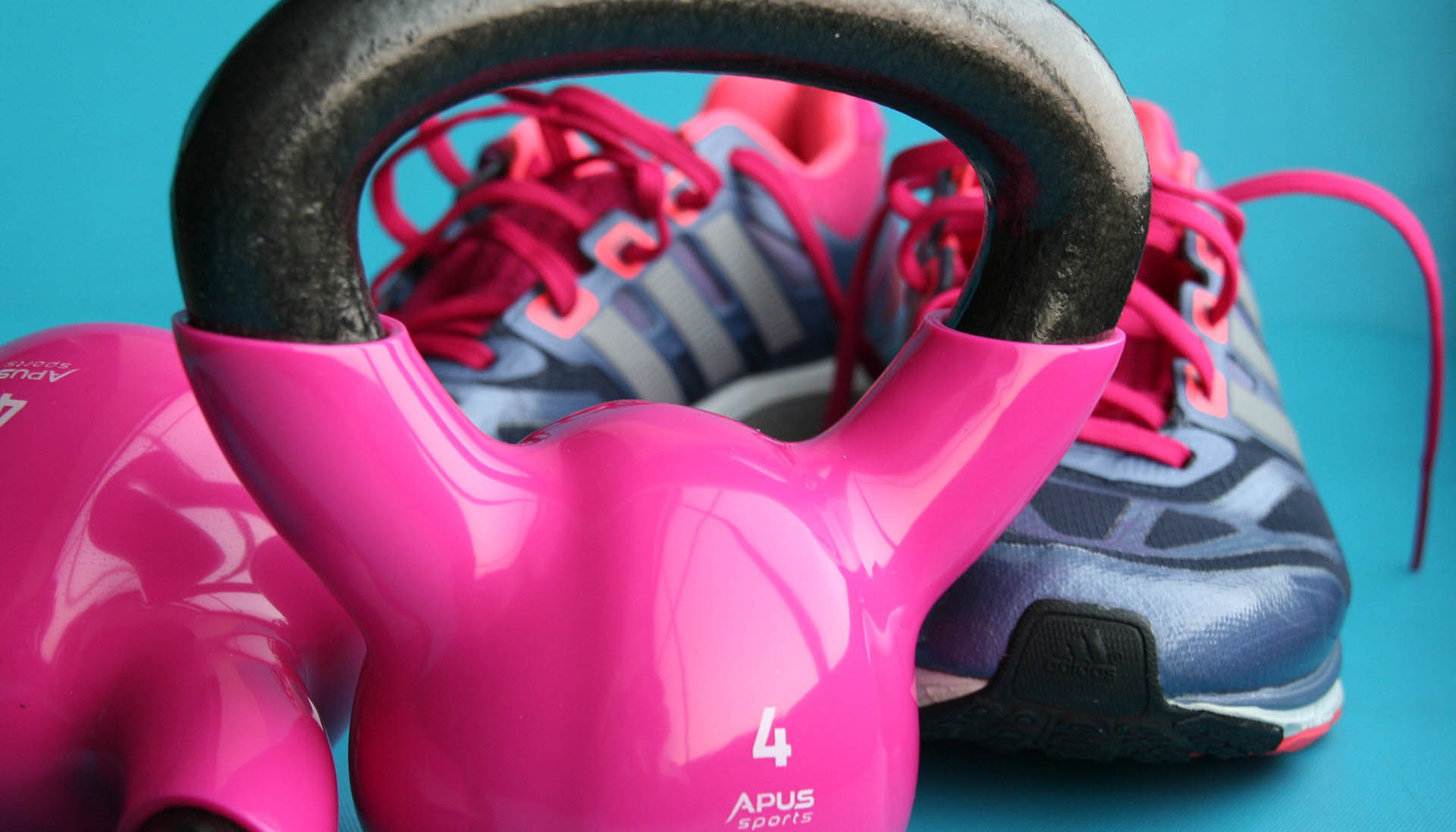Resistance Training vs. Cardio

PREMIUM CONTENT for MEMBERS ONLY
In the fitness community, it is generally understood that if you want to put on muscle, you focus on weightlifting, and if you want to lose fat, you do cardio. Many people think of resistance training and cardio as mutually exclusive exercises, with each one doing a specific action (building muscle or burning fat). However, a new study in the FASEB journal adds to the mounting evidence that while adding to muscle mass, weight training may also be effective at burning fat.
The study, which looked at both mice and people, found that after weight training, muscles create and release small bubbles (so called extracellular vesicles) containing genetic material (so called microRNA) that can flow into fat cells, triggering fat burning. Six healthy male and four healthy female subjects (age range 26-50) were studied. All subjects were recreationally active and free of cardiovascular disease, neuromuscular disease, and severe knee problems. The researchers discovered a mechanism within skeletal muscle, that released extracellular vesicles in response to mechanical overload (weightlifting). These extracellular vesicles contained muscle-specific miR-1 that were preferentially taken up by epidydimal white adipose tissue (fat tissue). In the fat tissue, miR-1 promoted adrenergic signaling (activation of the sympathetic nervous system) and lipolysis (breakdown of triglycerides into free fatty acids). Inhibiting the release of these extracellular vesicles prevented the abundance of miR-1 expression.
An increasing number of studies are beginning to show that resistance training not only improves our muscles’ size and strength, but also transforms our metabolism and waist size. If you think about this logically, weightlifting increases muscle size and therefore increases your metabolism as your muscles will require more energy the larger they get. However, there seems to be more to this… Going back to the study mentioned above, some of these metabolic effects from weight training on fat stores occur immediately after exercise (the extracellular vesicles moving into adipose tissue).
It is believed that this process occurs due to a process known as cellular crosstalk. Similar to how our gut microbes communicate with our gut-based immune system, our muscle cells are likely in communication with our fat cells.
Before looking at humans in the study, scientists found in mice that miR-1 homed in on fat tissue and then dissolved and deposited their cellular material there. Soon afterwards, the fat cells began to breakdown into fatty acids, reducing fat stores.
After witnessing this phenomenon, the scientists gathered blood and tissue from healthy men and women who had performed a single, fatiguing resistance workout. They confirmed that miR-1 levels in the volunteers’ muscles dropped after their lifting, while the quantity of miR-1-containing vesicles in their bloodstreams was through the roof. Shuttling this genetic information preferentially to certain fat cells triggered the same physiological effect in these cells as happens during fasting (lipolysis) or during heavy exercise (norepinephrine).
After reviewing this evidence, it seems that a combination of both aerobic exercise and resistance training may be the best way to keep your muscles strong while burning excessive body fat. Incorporating aerobic exercise is beneficial for your cardiovascular health and resistance training helps maintain and grow muscle mass, preventing frailty or sarcopenia.
 E. Dylan Mayer is a graduate from the University of Colorado at Boulder, with a major in Neuroscience and minor in Business. He is currently completing his master’s degree in Human Nutrition from Columbia University. Dylan is fascinated by the close interactions between nutrition, exercise and human health, especially with regard to the brain-gut-microbiome system – and regularly posts his content on his Instagram (@mayerwellness).
E. Dylan Mayer is a graduate from the University of Colorado at Boulder, with a major in Neuroscience and minor in Business. He is currently completing his master’s degree in Human Nutrition from Columbia University. Dylan is fascinated by the close interactions between nutrition, exercise and human health, especially with regard to the brain-gut-microbiome system – and regularly posts his content on his Instagram (@mayerwellness).